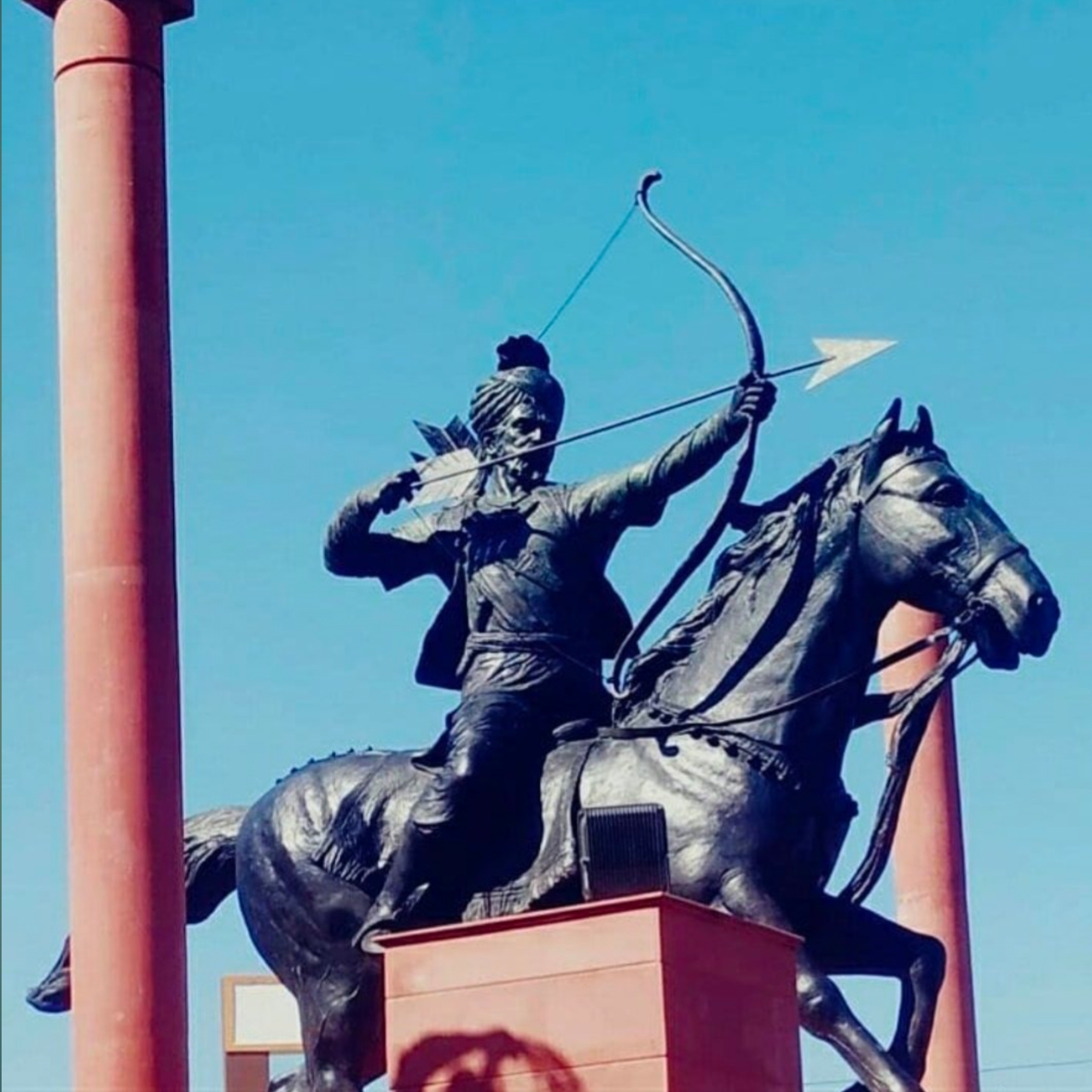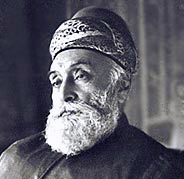|
Warli
The Warli or ''Varli'' are an indigenous tribe (Adivasi) of western India, living in mountainous as well as coastal areas along the Maharashtra-Gujarat border and surrounding areas. They have their own animistic beliefs, life, customs and traditions, and as a result of acculturation they have adopted many Hindu beliefs. The Warli speak the unwritten Varli language which belongs to the southern zone of the Indo-Aryan languages. Demographics Warlis are found in Jawhar, Vikramgad, Mokhada, Dahanu and Talasari talukas of the northern Palghar district, parts of Nashik and Dhule as well as Navapur taluka of Nandurbar of Maharashtra, Valsad, Dangs, Navsari and Surat districts of Gujarat, and the union territory of Dadra and Nagar Haveli and Daman and Diu. Waralis have sub castes such as ''Murde varli'' and ''Davar varali''. Warli painting In the book ''The Painted World of the Warlis'' Yashodhara Dalmia claimed that the Warli carry on a tradition stretching back to 2500 ... [...More Info...] [...Related Items...] OR: [Wikipedia] [Google] [Baidu] |
Varli Language
Varli or Warli is an Indo-Aryan language spoken by the Warli people. The language is usually classified as Marathi, but sometimes as Konkani or Bhil Bhil or Bheel refer to the various Indigenous peoples, indigenous groups inhabiting western India, including parts of Rajasthan and Madhya Pradesh and are also found in distant places such as Bengal and Tripura. Though they now speak the Bhili .... References Further reading * * External links Varli Phonology and Grammar Sketches (archive.org) Southern Indo-Aryan languages [...More Info...] [...Related Items...] OR: [Wikipedia] [Google] [Baidu] |
Jawhar
Jawhar is a city and a municipal council in Palghar district of Maharashtra, Maharashtra state in Konkan division of India 130km Away from Mumbai .Jawhar was a capital city of the erstwhile Jawhar State, princely state of Jawhar. Situated in the ranges of the Western Ghats, Jawhar is known for its picturesque setting and a vibrant cultural heritage. It is one of the few remaining tribal regions of Maharashtra and is known for its vibrant Warli painting that are a characteristic landmark of this place. Established in 1918, Jawhar is one of the oldest municipal councils in the state of Maharashtra and tourist spot near Mumbai. History The Jawhar state was founded by Raja Jayaba Mukne in 1343, with Jawhar as its capital. The state went through many transitions and lasted for over six hundred years until its accession into the Union of India in 1947. During the British Raj, as a princely state, it was a part of Bombay Presidency and had a 9-gun Salute state, salute status. Alth ... [...More Info...] [...Related Items...] OR: [Wikipedia] [Google] [Baidu] |
Adivasi
The Adivasi (also transliterated as Adibasi) are heterogeneous tribal groups across the Indian subcontinent. The term is a recent invention from the 20th century and is now widely used as a self-designation by groups classified as Scheduled Tribes by the Indian government. They are officially recognized as " Scheduled Tribes" in India and as " Ethnic Minorities" in Bangladesh. They comprise 8.6% of India's population and 1.1% of Bangladesh's; or 104.2 million in India, according to the 2011 census, and 2 million in Bangladesh according to the 2010 estimate. Claiming to be among the original inhabitants of the Indian subcontinent, many present-day Adivasi communities formed during the flourishing period of the Indus Valley Civilization or after the decline of the IVC, harboring various degrees of ancestry from ancient Dravidians, Indus Valley Civilization, Indo-Aryan, Austroasiatic and Tibeto-Burman language speakers. Adivasi studies is a new scholarly field, ... [...More Info...] [...Related Items...] OR: [Wikipedia] [Google] [Baidu] |
Indo-Aryan Peoples
Indo-Aryan peoples are a diverse collection of peoples predominantly found in South Asia, who (traditionally) speak Indo-Aryan languages. Historically, Aryans were the Indo-Iranian speaking pastoralists who migrated from Central Asia into South Asia and introduced the Proto-Indo-Aryan language. The early Indo-Aryan peoples were known to be closely related to the Indo-Iranian group that have resided north of the Indus River; an evident connection in cultural, linguistic, and historical ties. Today, Indo-Aryan speakers are found south of the Indus, across the modern-day regions of Bangladesh, Nepal, eastern-Pakistan, Sri Lanka, Maldives and northern-India. History Proto-Indo-Iranians The introduction of the Indo-Aryan languages in the Indian subcontinent was the outcome of a migration of Indo-Aryan people from Central Asia into the northern Indian subcontinent (modern-day Bangladesh, Bhutan, India, Nepal, Pakistan, and Sri Lanka). These migrations started appr ... [...More Info...] [...Related Items...] OR: [Wikipedia] [Google] [Baidu] |
Bhil People
Bhil or Bheel refer to the various indigenous groups inhabiting western India, including parts of Rajasthan and Madhya Pradesh and are also found in distant places such as Bengal and Tripura. Though they now speak the Bhili language, an Indo-Aryan language, the original aboriginal language that the Bhil originally spoke is lost. Bhils are divided into a number of endogamous territorial divisions, which in turn have a number of clans and lineages. Bhils are listed as tribal people in the states of Gujarat, Madhya Pradesh, Chhattisgarh, Maharashtra and Rajasthan—all in the western Deccan regions and central India—as well as in Bengal and Tripura in far-eastern India, on the border with Bangladesh. Many Bhils speak the dominant language of the region they reside in, such as Marathi, Gujarati or Bengali. Etymology Some scholars suggest that the term Bhil is derived from the word ''billa'' or ''billu'' which means bow in the Dravidian lexis. The term Bhil is used to refer to ... [...More Info...] [...Related Items...] OR: [Wikipedia] [Google] [Baidu] |
Palghar District
Palghar District (Marathi pronunciation: Help:IPA/Marathi, [paːlɡʱəɾ]) is a Districts of Maharashtra, district in the state of Maharashtra in Konkan Division. The headquarters of the district is the town of Palghar. Other major cities in the district are Vasai-Virar, Talasari, Jawhar and Dahanu. On 1 Aug 2014, the State government of Maharashtra announced the formation of the 36th district of Maharashtra Palghar, it was partitioned out of the Thane district. Palghar District starts from Dahanu at the north and ends at Naigaon. It comprises the talukas of Palghar, Vada, Palghar, Vada, Vikramgad, Jawhar, Mokhada, Dahanu, Talasari and Vasai. At the 2011 Census of India, 2011 Census, the talukas now comprising the district had a population of 2,990,116. Palghar has an urban population of 1,435,210, that is 48% of total population is living in Urbanized Area. Palghar has all the three categories of the lifestyles, Urban (Nagari), Coastal (Sagari) and Mountains-Hilly Region (Don ... [...More Info...] [...Related Items...] OR: [Wikipedia] [Google] [Baidu] |
Maharashtra
Maharashtra () is a state in the western peninsular region of India occupying a substantial portion of the Deccan Plateau. It is bordered by the Arabian Sea to the west, the Indian states of Karnataka and Goa to the south, Telangana to the southeast and Chhattisgarh to the east, Gujarat and Madhya Pradesh to the north, and the Indian union territory of Dadra and Nagar Haveli and Daman and Diu to the northwest. Maharashtra is the second-most populous state in India, the third most populous country subdivision in South Asia and the fourth-most populous in the world. The state is divided into 6 divisions and 36 districts. Mumbai is the capital of Maharashtra due to its historical significance as a major trading port and its status as India's financial hub, housing key institutions and a diverse economy. Additionally, Mumbai's well-developed infrastructure and cultural diversity make it a suitable administrative center for the state, and the most populous urban are ... [...More Info...] [...Related Items...] OR: [Wikipedia] [Google] [Baidu] |
Navsari
Navsari is the ninth biggest city in the state of Gujarat in India. It is the administrative headquarters of Navsari District. Navsari is between Surat and Mumbai. It is a twin city of Surat, 37 km to the north. At the 2011 Census of India, Navsari was the 16th biggest city of Gujarat state. It ranked 10th most populous city of Gujarat in the 1991 Census of India and 2001 Census of India. Dandi village near Navsari was the focal point of the great Salt March led by Mahatma Gandhi during civil disobedience movement of India. History Navsari was originally known as "Navasarika", and was the capital of a ''vishya'' (an administrative unit) in the Lata (region), Lata region. It is identified with "Nusaripa", a city mentioned in Ptolemy's 2nd century Ancient Greek, Greek-language work ''Geography (Ptolemy), Geography''. The Chalukyas of Navasarika, who governed the area around Navsari as subordinates of the Chalukyas of Vatapi, repulsed an Umayyad campaigns in India, Umayy ... [...More Info...] [...Related Items...] OR: [Wikipedia] [Google] [Baidu] |
Surat
Surat (Gujarati Language, Gujarati: ) is a city in the western Indian States and territories of India, state of Gujarat. The word Surat directly translates to ''face'' in Urdu, Gujarati language, Gujarati and Hindi. Located on the banks of the river Tapti near its confluence with the Arabian Sea, it used to be a large seaport. It is now the commercial and economic centre of South Gujarat, and one of the largest urban areas of western India. It has well-established diamond and textile industry, and is a major supply centre for apparels and accessories. About 90% of the world's diamonds are cut and polished in Surat. It is the second largest city in Gujarat after Ahmedabad and the List of most populous cities in India, eighth largest city by population and List of million-plus urban agglomerations in India, ninth largest urban agglomeration in India. It is the administrative capital of the Surat district. The city is located south of the state capital, Gandhinagar; south of A ... [...More Info...] [...Related Items...] OR: [Wikipedia] [Google] [Baidu] |
Talasari
Talasari is a village and a municipal council in Palghar district of Maharashtra state in Konkan division. It is one of the taluka A tehsil (, also known as tahsil, taluk, or taluka () is a local unit of administrative division in India and Pakistan. It is a subdistrict of the area within a district including the designated populated place that serves as its administrative ...s of Palghar District. References Cities and towns in Palghar district {{Palghar-geo-stub ... [...More Info...] [...Related Items...] OR: [Wikipedia] [Google] [Baidu] |
Valsad
Valsad (Pronunciation: �alsɑɖ, historically known as Bulsar, is a town and a municipality in Valsad district of the Indian state of Gujarat. It is the district headquarters of Valsad district. Valsad is located north of Vapi and shares border with Maharashtra and the union territories of Daman in the south. Etymology The name "Valsad" derives from ''vad-saal'', a Gujarati language compound meaning "covered (''sal'') by banyan trees (''vad'')" or "where vad (banyan trees) and sal (sal tree) are" (the area was naturally rich in banyan trees). During British Era, it was historically known as "Bulsar". Geography Valsad is located at . It has an average elevation of 13 metres (42 feet). The old city is about 4 km inland from the Arabian Sea. Climate Valsad has a tropical savanna climate (Aw) with little to no rainfall from October to May and very heavy to extremely heavy rainfall from June to September when it is under the direct influence of the Arab ... [...More Info...] [...Related Items...] OR: [Wikipedia] [Google] [Baidu] |





